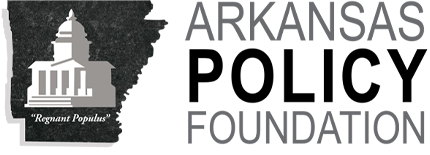Theory of Constraints is a management strategy used by state budget departments including Utah. Several employees expressed interest in TOC during interviews and should be encouraged to learn more about the strategy.1
(May 2019) The Theory of Constraints (TOC) is a management strategy that uses a focusing process to create efficient outcomes. TOC is one of several strategies that managers and employees can use to make state government more efficient.2 One scholar has described TOC as “understanding how to exploit constraints rather than surrendering to them …”3
The recently-published book, The World Of Decorating The Fish4 is a business fable about “how to affect positive change in the workplace.” The co-authors are Kristen Cox,5 executive director of the Utah Governor’s Office of Management and Budget, and Yishai Ashlag, Ph.D., a consultant. They wrote it as “a reader’s guide on how to identify the right problem, set an appropriate objective to solve it and avoid seductive solutions that won’t make any real impact.”
The Policy Foundation interviewed Kristen Cox via telephone at her Salt Lake City office to learn how TOC can make state government more efficient.
Question: What is the emphasis of Theory of Constraints?
Answer: The emphasis is on focus. How do you see through the noise and see the few things that will allow you to make the most change. Theory of constraints is harder but the impact on operations is significantly bigger. This isn’t a simple little tool kit, it’s about thinking clearly. Tools are easy, thinking isn’t.
Question: Has Theory of Constraints played a role in maintaining Utah’s AAA credit rating?
Answer: Yes, with a growing population we’ve been able to bend the cost curve with more public services delivered at less cost. The idea is to free up resources that don’t have to be put into services because we’ve become more efficient. The answer can’t be that we’ll raise taxes. We have to bend the cost curve.
Question: Have other states used Theory of Constraints ideas?
Answer: We use it in Utah. North Dakota6 is another state.
Question: How is Theory of Constraints different from other strategies?
Answer: The idea isn’t to write a strategic plan to create the illusion of progress.
Question: Is the focus on the root cause rather than the symptoms?
Answer: Yes, absolutely. Typical systems focus on what you can see. What you don’t see is what is so critical. If people don’t know what to look for they’ll miss it.
“People don’t step back and look at the entire system. I’m interested in the root cause of the entire system.”
Observation: Utah has the highest job creation rate in the U.S. in the current economic expansion.
Answer: Theory of constraints helps with economic development. It isn’t just incentive programs. It’s infrastructure. We’re never done with state government.
“Theory of Constraints is a deliberate strategy to become more efficient so we don’t have to raise taxes in Utah.”
Question: How else has Theory of Constraints made Utah state government more efficient?
Answer: Rainy day fund balances have been restored and exceed total prior to the Great Recession. We were the first state in the country to do budget stress testing.
Thank you, Kristen Cox.
— Greg Kaza
Additional resource: https://gomb.utah.gov/operational-excellence/resources/









